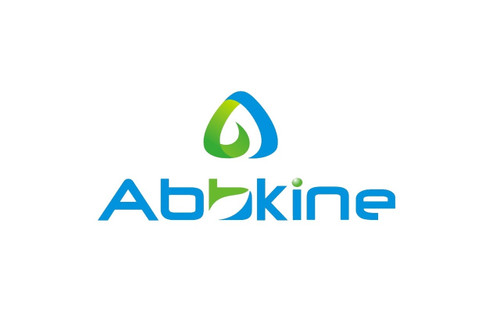Product Description
Human Alpha-amylase (AMY1) ELISA Kit | AE62980HU | Abebio
Species Reactivity: Human (Homo sapiens)
Abbreviation: AMY1
Alternative Name: 1;4-alpha-D-glucan glucanohydrolase 1; Salivary alpha-amylase; AMY1A; AMY1B; AMY1C
Application: ELISA
Range: 3.12-200 ng/mL
Sensitivity: 1.22 ng/mL
Intra-Assay: ≤4.5%
Inter-Assay: ≤7.8%
Recovery: 0, 9
Sample Type: Serum, Plasma, Other biological fluids
Detection Method: Sandwich
Analysis Method : Quantitive
Test Principale: This assay employs a two-site sandwich ELISA to quantitate AMY1 in samples. An antibody specific for AMY1 has been pre-coated onto a microplate. Standards and samples are pipetted into the wells and anyAMY1 present is bound by the immobilized antibody. After removing any unbound substances, a biotin-conjugated antibody specific for AMY1 is added to the wells. After washing, Streptavidin conjugated Horseradish Peroxidase (HRP) is added to the wells. Following a wash to remove any unbound avidin-enzyme reagent, a substrate solution is added to the wells and color develops in proportion to the amount of AMY1 bound in the initial step. The color development is stopped and the intensity of the color is measured.
Product Overview: The alpha-amylases hydrolyze alpha-1, 4-glucoside bonds in polymers of glucose units. Kamaryt and Laxova found 2 amylase isoenzymes in serum, one produced by the salivary gland and the second by the pancreas. In 11 of 120 children, a duplication of pancreatic enzyme band was found on starch gel electrophoresis and in each case 1 parent also showed the duplication. In the mouse the salivary and pancreatic amylases are determined by genes at closely linked loci.The separate loci in the human were designated AMY1 (salivary) and AMY2 (pancreatic) . Polymorphism of both the salivary and the pancreatic serum amylases has been demonstrated in man. Ward et al. (1971) studied amylase in saliva and identified electrophoretic variants.
Stability: The stability of ELISA kit is determined by the loss rate of activity. The loss rate of this kit is less than 5% within the expiration date under appropriate storage condition. The loss rate was determined by accelerated thermal degradation test. Keep the kit at 37°C for 4 and 7 days, and compare O.D.values of the kit kept at 37°C with that of at recommended temperature. (referring from China Biological Products Standard, which was calculated by the Arrhenius equation. For ELISA kit, 4 days storage at 37°C can be considered as 6 months at 2 - 8°C, which means 7 days at 37°C equaling 12 months at 2 - 8°C) .
 Euro
Euro
 USD
USD
 British Pound
British Pound
 NULL
NULL








